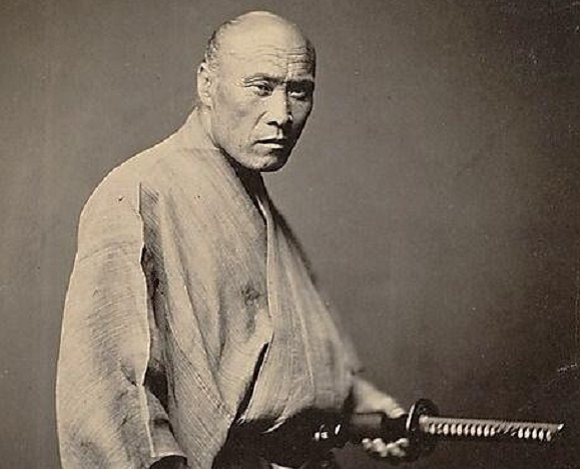
Between the way Japan has embraced technology and just how incredibly safe the country is, it’s easy to forget that it really wasn’t so long ago that the whole nation was still under the feudal system. Until 1868, “samurai” was still very much a viable career choice, as the ruling shogunate relied on a trained warrior class to keep the peace.
How much the traditions of Japan’s fabled swordsmen live on in Japanese society today is something scholars love to debate, and while there are points to be made both for and against their importance, there’s one thing that unquestionably remains, and that’s photography of real-life, genuine samurai.
In the early 17th century, the ruling Tokugawa shogunate enacted strict policies isolating Japan from the rest of the world. Eventually, though, more and more contact with the outside world began to trickle into the country, showing just how far behind the rest of the world Japan had slipped scientifically and technologically. The isolationist system was repealed in the 1850s, and in 1868 the feudal government, and with it the samurai, were done away with.
This left only a scant few years during which modern technology and the warrior class coexisted in Japan. One of the first photographers to work in Japan was Italian Felice Beato. Following a working journey through Asia, Beato arrived in 1863, where he settled in Yokohama, then, as now, the choice for dashing expatriates.
Japan had suddenly become the focus of intense international attention, with the outside world eager for its first glimpse at life in the country. Beato was ready to satisfy the world’s curiosity with his photography showing the sights and people of Japan, including the samurai, as shown in these shots from 1866. They may not be quite as handsome as some of the samurai we recently introduced you to, but there’s no denying that these guys look like they could really handle themselves.
Firearms had been introduced to Japan centuries ago during the Warring States period, but their cumbersome designs and the lack of industry to easily produce them in mass quantities meant that when Beato began working in Japan, the samurai’s traditional armaments were still very much in use.
Japanese online commentators were just as captivated by Beato’s photography as its original audience must have been.
“Just by looking at their faces, you can tell how much they’ve experienced in life.”
“I wouldn’t want to mess with any of these guys.”
“Wow. If you figure the oldest guy is in his 60s, that means he might have been born in the 18th century.”
We can only hope that the snapshots people have taken of us are this compelling 150 years from now.
▼ And that we look this badass at this age.
Source, images: Labaq

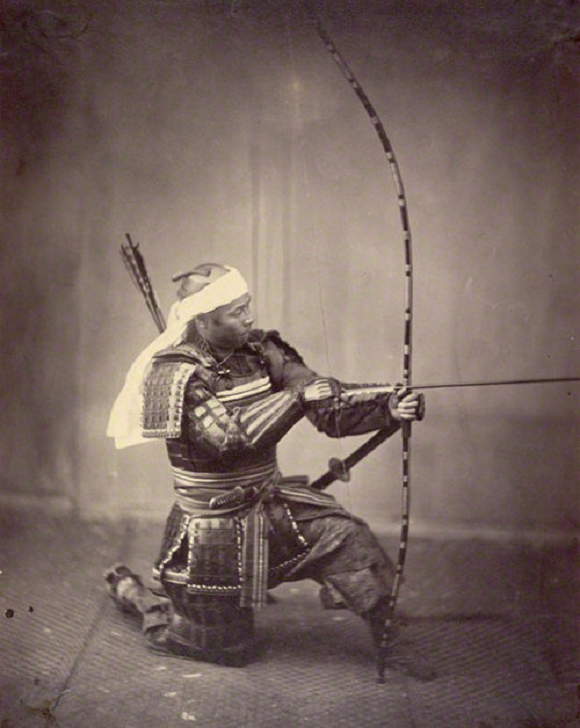
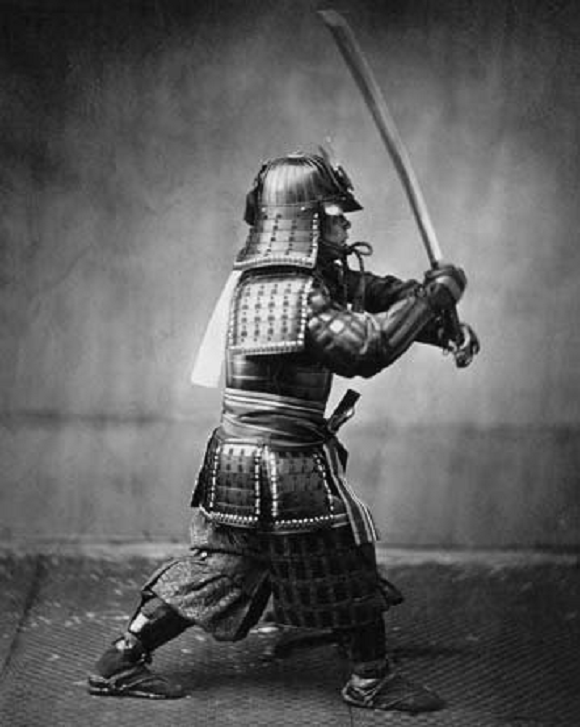
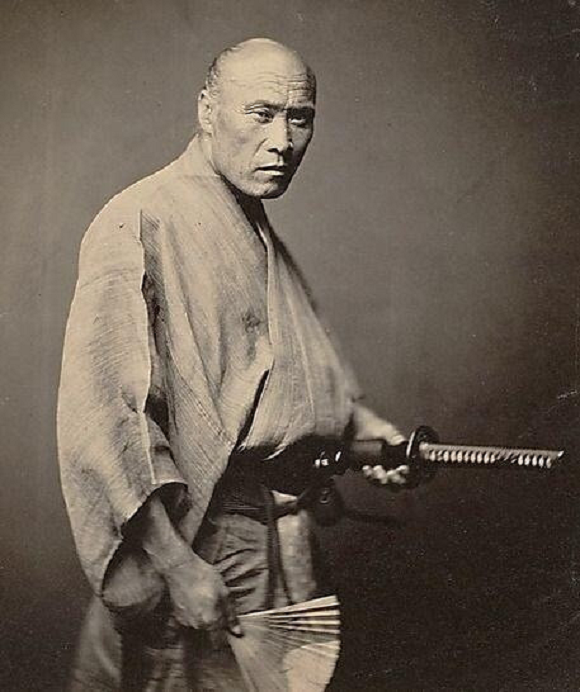
 Photos from 140 years ago show Tokyo’s skyline was amazing long before the Skytree was ever built
Photos from 140 years ago show Tokyo’s skyline was amazing long before the Skytree was ever built Sword of one of Japan’s last samurai discovered in house in America
Sword of one of Japan’s last samurai discovered in house in America Shogun sweets? Trees said to be planted by first Tokugawa shogun still bear fruit used for sweets
Shogun sweets? Trees said to be planted by first Tokugawa shogun still bear fruit used for sweets Tokyo retro kimono photography service provides customers with gorgeous snapshots of the past
Tokyo retro kimono photography service provides customers with gorgeous snapshots of the past Hugh Jackman stars, sings J-pop cover, and speaks Japanese in ads for Toyota【Videos】
Hugh Jackman stars, sings J-pop cover, and speaks Japanese in ads for Toyota【Videos】 McDonald’s new Happy Meals offer up cute and practical Sanrio lifestyle goods
McDonald’s new Happy Meals offer up cute and practical Sanrio lifestyle goods All-you-can-drink Starbucks and amazing views part of Tokyo’s new 170 meter-high sky lounge
All-you-can-drink Starbucks and amazing views part of Tokyo’s new 170 meter-high sky lounge Super Nintendo World expansion gets delayed for several months at Universal Studios Japan
Super Nintendo World expansion gets delayed for several months at Universal Studios Japan Studio Ghibli releases new action figures featuring Nausicaä of the Valley of the Wind characters
Studio Ghibli releases new action figures featuring Nausicaä of the Valley of the Wind characters Studio Ghibli glasses cases let anime characters keep an eye on your spectacles
Studio Ghibli glasses cases let anime characters keep an eye on your spectacles Beautiful Sailor Moon manhole cover coasters being given out for free by Tokyo tourist center
Beautiful Sailor Moon manhole cover coasters being given out for free by Tokyo tourist center McDonald’s Japan releases a pancake pie for new retro kissaten coffeeshop series
McDonald’s Japan releases a pancake pie for new retro kissaten coffeeshop series Kyoto’s 100 Demons yokai monster parade returns!
Kyoto’s 100 Demons yokai monster parade returns! Tokyo has a cafe lounge that’s for negative people only
Tokyo has a cafe lounge that’s for negative people only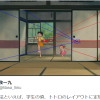 Manga artist raises question online about false perspective in Ghibli film My Neighbor Totoro
Manga artist raises question online about false perspective in Ghibli film My Neighbor Totoro Disney princesses get official manga makeovers for Manga Princess Cafe opening in Tokyo
Disney princesses get official manga makeovers for Manga Princess Cafe opening in Tokyo More foreign tourists than ever before in history visited Japan last month
More foreign tourists than ever before in history visited Japan last month Starbucks reopens at Shibuya Scramble Crossing with new look and design concept
Starbucks reopens at Shibuya Scramble Crossing with new look and design concept Beautiful new Final Fantasy T-shirt collection on the way from Uniqlo【Photos】
Beautiful new Final Fantasy T-shirt collection on the way from Uniqlo【Photos】 Is the new Shinkansen Train Desk ticket worth it?
Is the new Shinkansen Train Desk ticket worth it? Foreign English teachers in Japan pick their favorite Japanese-language phrases【Survey】
Foreign English teachers in Japan pick their favorite Japanese-language phrases【Survey】 Japanese convenience store packs a whole bento into an onigiri rice ball
Japanese convenience store packs a whole bento into an onigiri rice ball We try out “Chan Ramen”, an underground type of ramen popular in the ramen community
We try out “Chan Ramen”, an underground type of ramen popular in the ramen community Studio Ghibli releases Kiki’s Delivery Service chocolate cake pouches in Japan
Studio Ghibli releases Kiki’s Delivery Service chocolate cake pouches in Japan Japan’s bone-breaking and record-breaking roller coaster is permanently shutting down
Japan’s bone-breaking and record-breaking roller coaster is permanently shutting down New definition of “Japanese whiskey” goes into effect to prevent fakes from fooling overseas buyers
New definition of “Japanese whiskey” goes into effect to prevent fakes from fooling overseas buyers Our Japanese reporter visits Costco in the U.S., finds super American and very Japanese things
Our Japanese reporter visits Costco in the U.S., finds super American and very Japanese things Studio Ghibli unveils Mother’s Day gift set that captures the love in My Neighbour Totoro
Studio Ghibli unveils Mother’s Day gift set that captures the love in My Neighbour Totoro Foreign passenger shoves conductor on one of the last full runs for Japan’s Thunderbird train
Foreign passenger shoves conductor on one of the last full runs for Japan’s Thunderbird train Domino’s Japan now sells…pizza ears?
Domino’s Japan now sells…pizza ears? New Japanese KitKat flavour stars Sanrio characters, including Hello Kitty
New Japanese KitKat flavour stars Sanrio characters, including Hello Kitty Kyoto creates new for-tourist buses to address overtourism with higher prices, faster rides
Kyoto creates new for-tourist buses to address overtourism with higher prices, faster rides Sales of Japan’s most convenient train ticket/shopping payment cards suspended indefinitely
Sales of Japan’s most convenient train ticket/shopping payment cards suspended indefinitely Sold-out Studio Ghibli desktop humidifiers are back so Totoro can help you through the dry season
Sold-out Studio Ghibli desktop humidifiers are back so Totoro can help you through the dry season Japanese government to make first change to romanization spelling rules since the 1950s
Japanese government to make first change to romanization spelling rules since the 1950s Ghibli founders Toshio Suzuki and Hayao Miyazaki contribute to Japanese whisky Totoro label design
Ghibli founders Toshio Suzuki and Hayao Miyazaki contribute to Japanese whisky Totoro label design Doraemon found buried at sea as scene from 1993 anime becomes real life【Photos】
Doraemon found buried at sea as scene from 1993 anime becomes real life【Photos】 Tokyo’s most famous Starbucks is closed
Tokyo’s most famous Starbucks is closed One Piece characters’ nationalities revealed, but fans have mixed opinions
One Piece characters’ nationalities revealed, but fans have mixed opinions We asked a Uniqlo employee what four things we should buy and their suggestions didn’t disappoint
We asked a Uniqlo employee what four things we should buy and their suggestions didn’t disappoint Princesses, fruits, and blacksmiths: Study reveals the 30 most unusual family names in Japan
Princesses, fruits, and blacksmiths: Study reveals the 30 most unusual family names in Japan Dojigiri, the millennium-old katana said to have slain a demon, is now on display in Tokyo【Pics】
Dojigiri, the millennium-old katana said to have slain a demon, is now on display in Tokyo【Pics】 “Get them drunk then chop off their heads.” Samurai’s assassination plot against U.S. envoys found
“Get them drunk then chop off their heads.” Samurai’s assassination plot against U.S. envoys found 10 misconceptions Japanese people think foreigners have about Japan
10 misconceptions Japanese people think foreigners have about Japan Katana coasters! Samurai sword tableware brings bushido to your home
Katana coasters! Samurai sword tableware brings bushido to your home Amazing time-lapse-style video shows 150-year history of the growth of train stations in Japan
Amazing time-lapse-style video shows 150-year history of the growth of train stations in Japan Emperors, anime icons, and porn stars show up in six-nation survey of most famous Japanese people
Emperors, anime icons, and porn stars show up in six-nation survey of most famous Japanese people We visit the awesome new Samurai Museum in Shinjuku【Photos】
We visit the awesome new Samurai Museum in Shinjuku【Photos】 Famous Japanese wildlife photographer charms cats across the world 【Video】
Famous Japanese wildlife photographer charms cats across the world 【Video】 Need a new job? Japanese tourism organization is looking to hire two samurai
Need a new job? Japanese tourism organization is looking to hire two samurai Revealed! Japan’s top 10 handsome samurai【Photos】
Revealed! Japan’s top 10 handsome samurai【Photos】 Tokyo’s new samurai photo studio sends you to Japan’s feudal era with awesome digital backdrops
Tokyo’s new samurai photo studio sends you to Japan’s feudal era with awesome digital backdrops This is Japan’s oldest oyakodon chicken-and-egg rice bowl restaurant, and it’s awesome
This is Japan’s oldest oyakodon chicken-and-egg rice bowl restaurant, and it’s awesome Through the eyes of a ninja – Thrilling drone video recreates shinobi raid at historical temple
Through the eyes of a ninja – Thrilling drone video recreates shinobi raid at historical temple Pooping has never been more dramatic than it is with this Japanese toilet “sound shogun”【Video】
Pooping has never been more dramatic than it is with this Japanese toilet “sound shogun”【Video】 Shogun arrested in Japan for being a peeping Tom
Shogun arrested in Japan for being a peeping Tom
Leave a Reply